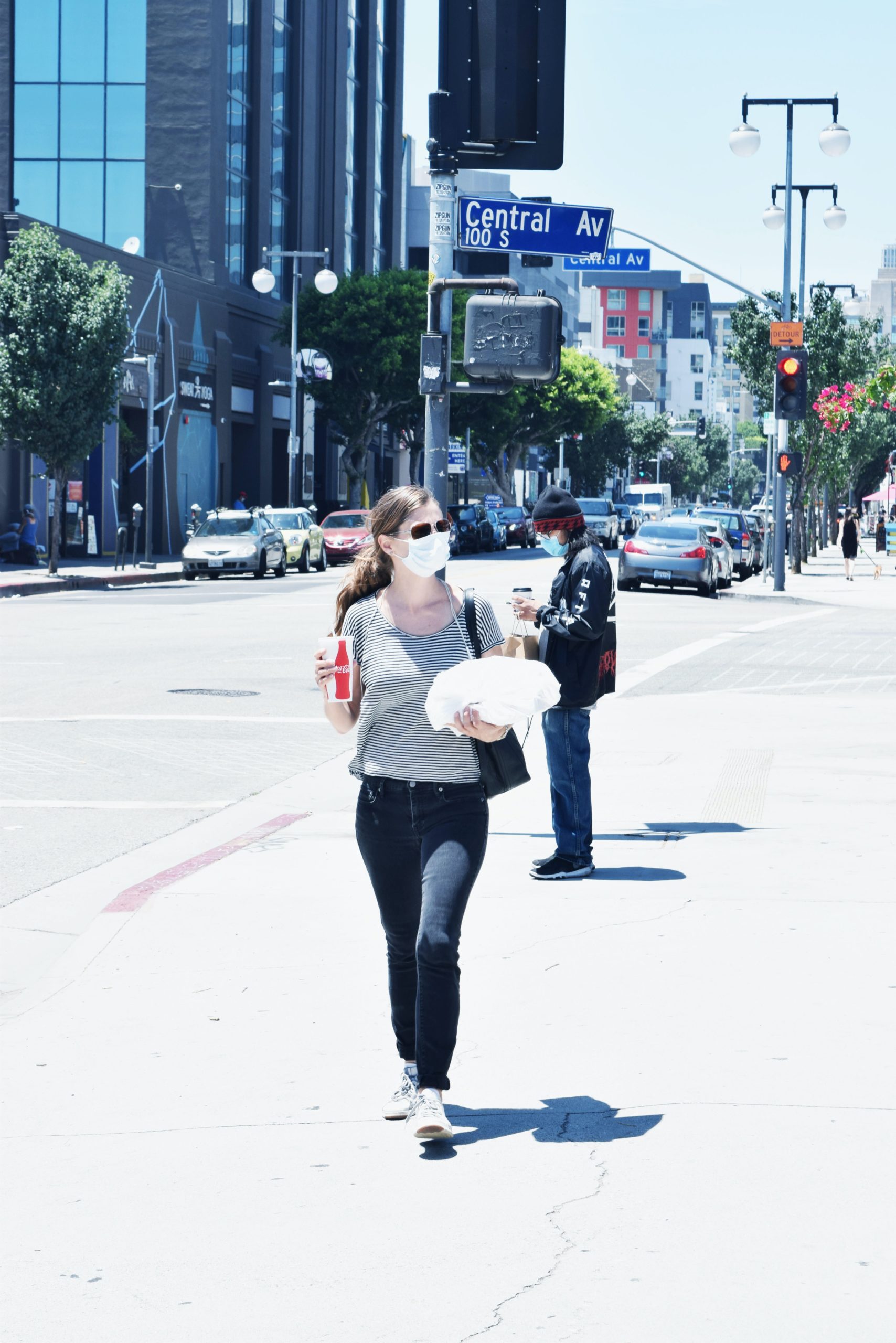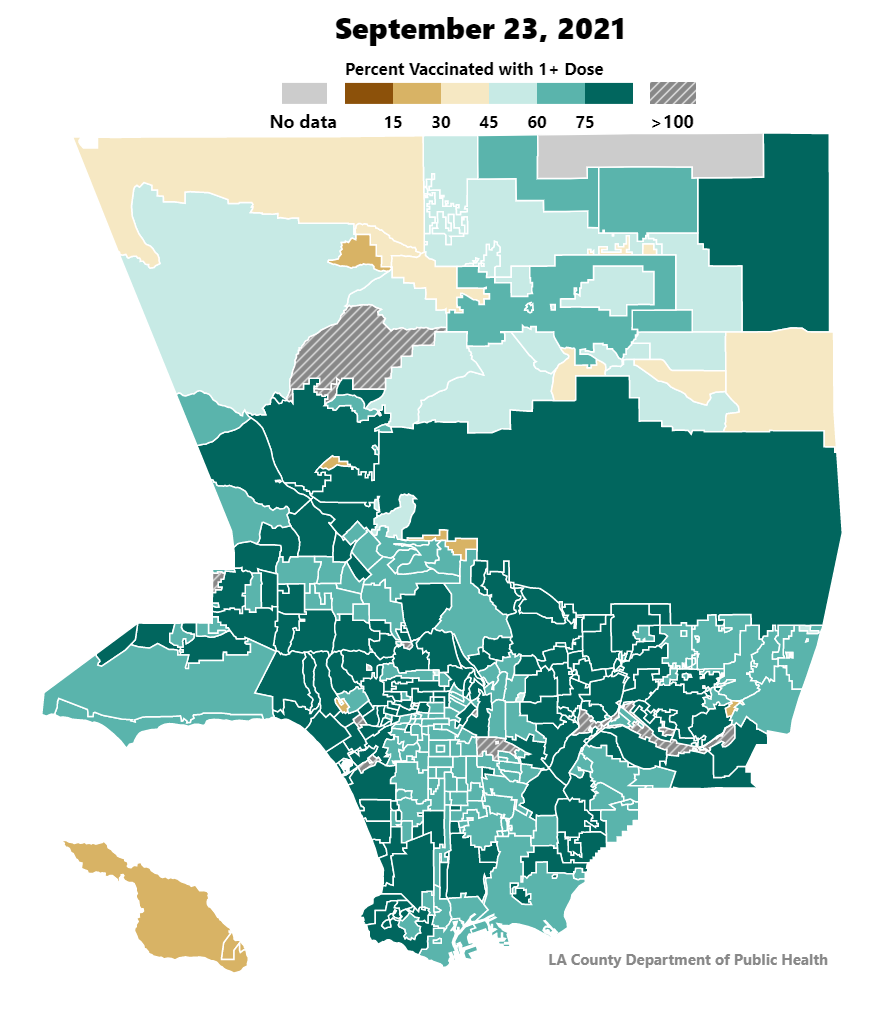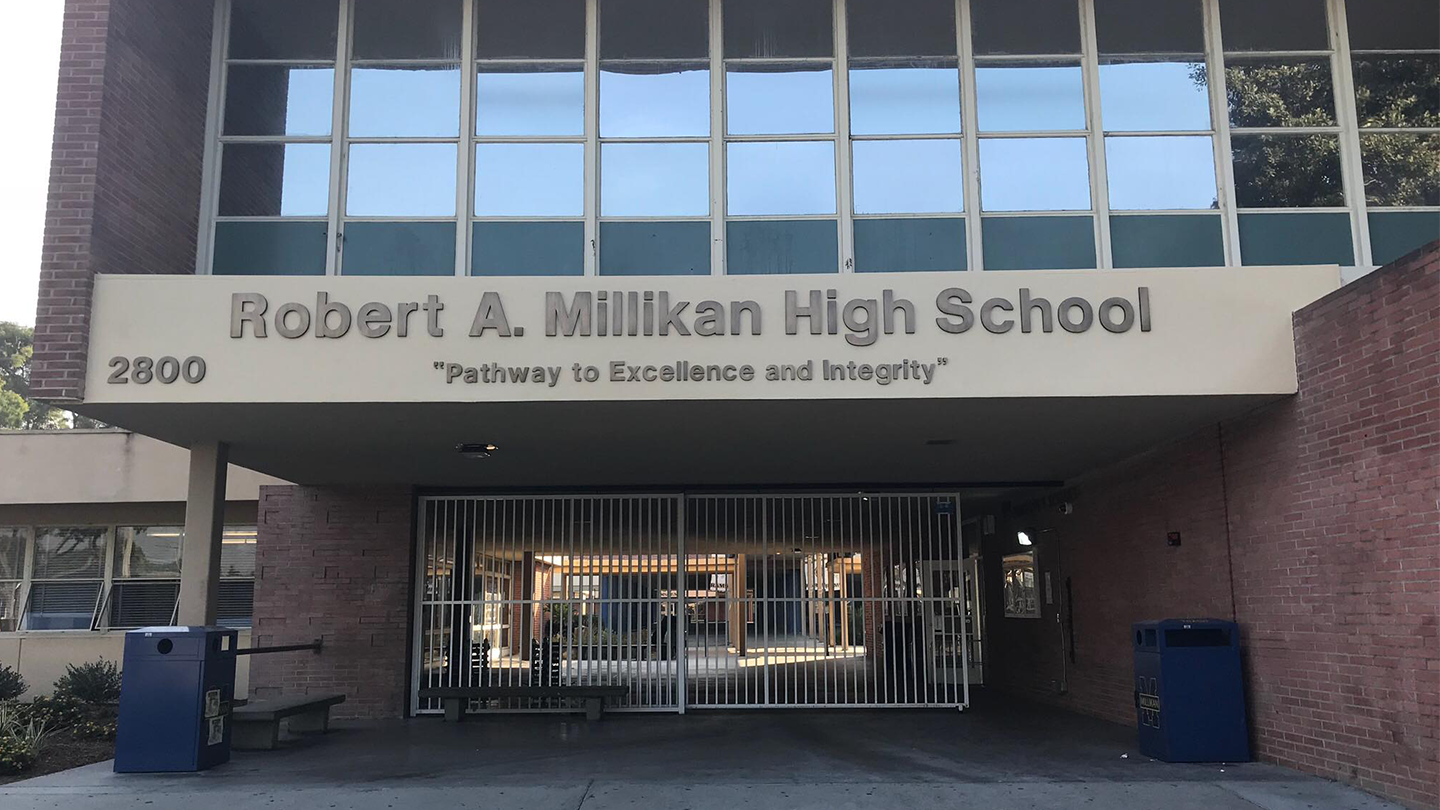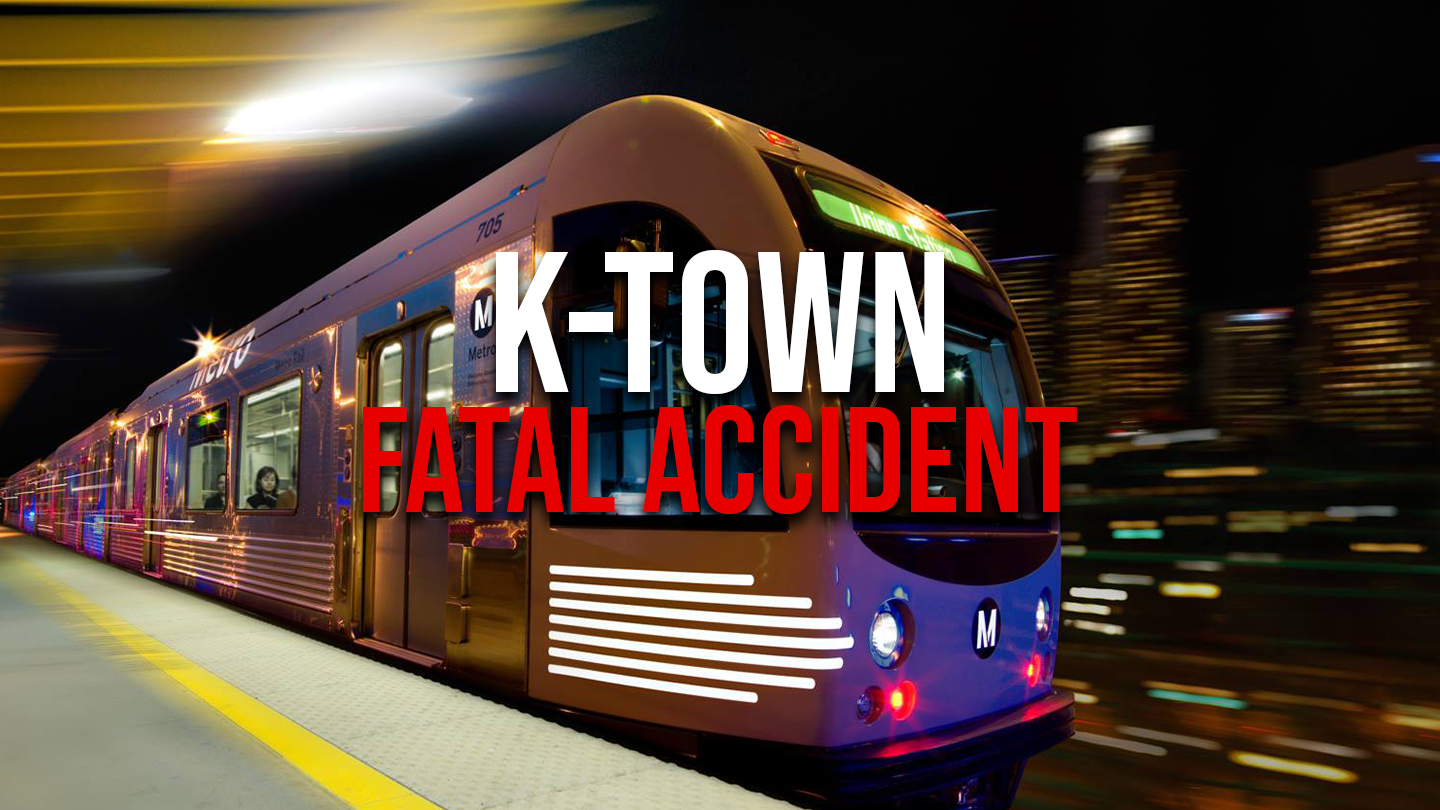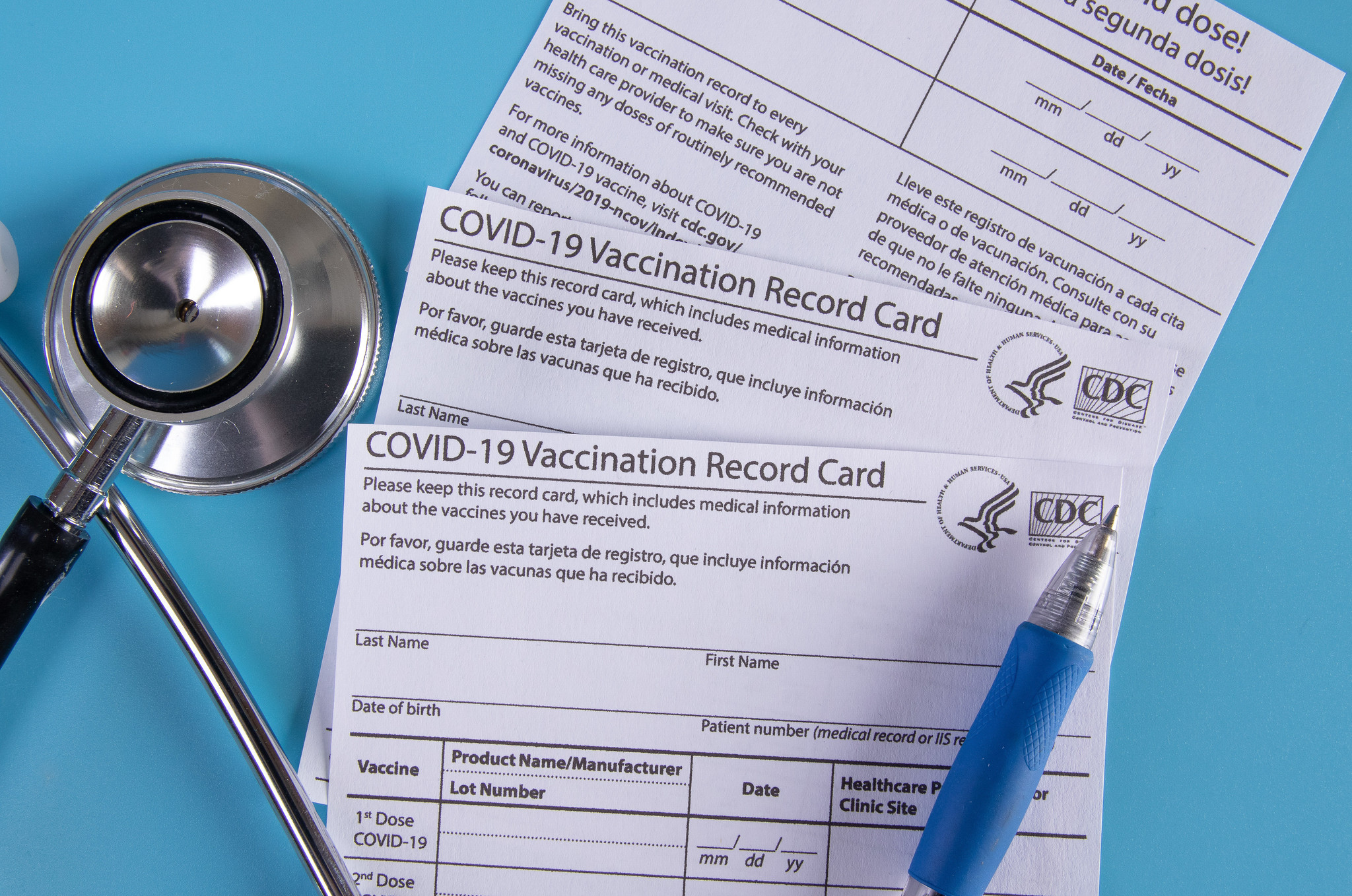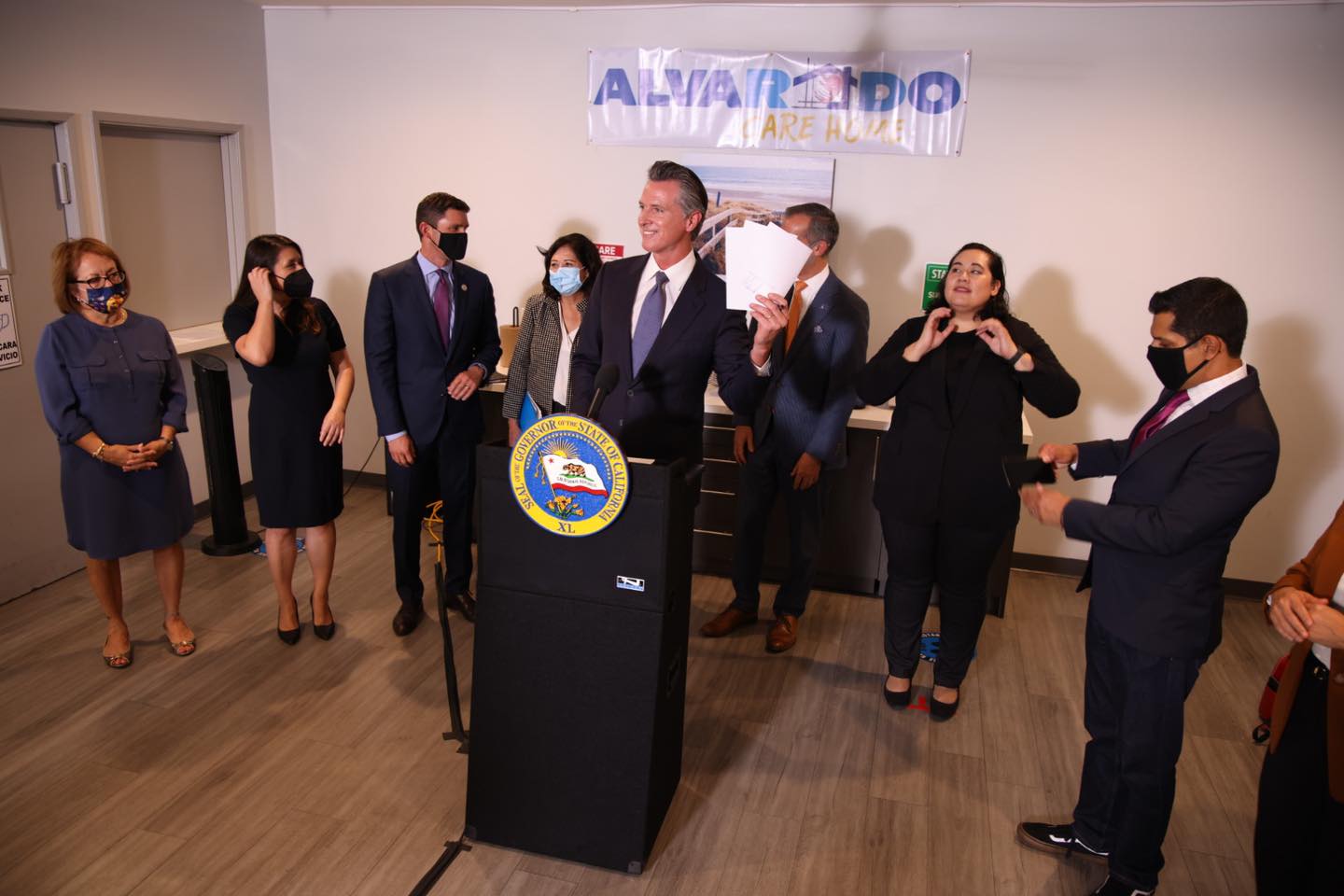Lingering uncertainties about the future of the COVID-19 pandemic makes the pace of California’s economic recovery equally uncertain, although the state is still expected to outpace the nation as a whole, according to a recently released UCLA economic forecast.
“Although California began a significant recovery later than some other states due to the public health interventions in the state, we expect the California recovery to ultimately be, once again, faster than the U.S.,” UCLA Anderson Forecast director Jerry Nickelsburg wrote in the report released Tuesday. “This is due to two reasons. First, Delta notwithstanding, the better public health outcomes should result in a more rapid return to normalcy.
“Second, the move to new ways of work and social interaction will disproportionately impact California through its technology laden sectors. The leisure and hospitality sector will be the last to recover due to the depth of the decline in this sector, the slower return of restaurant and bar services demand, and the sub-sectors dependent upon international tourism demand.”
However, the California analysis includes the assumption that future COVID-19 variants will create less serious economic impact.
Nickelsburg said higher-income technical services will see a considerably faster recovery, along with residential housing construction thanks to increasing demand.
“In spite of the recession, the continued demand for a limited housing stock, coupled with low interest rates, leads to a forecast of a relatively rapid return of homebuilding,” he wrote. “Our expectation is for 123K net new units in 2021 and continue to grow to 139K for 2023. Needless to say, this level of home building means that the prospect for the private sector building out of the housing affordability problem over the next three years is nil.”
Nickelsburg points out that the pandemic-induced recession has disproportionately hit lower-income Californians exacerbating inequality in the state, which is the worst in the nation.
He predicted a third-quarter unemployment rate of 7.2% in the state, with the average for the year as a whole settling at 7.6%, followed by 5.6% next year and 4.4% in 2023.
Nickelsburg noted that the pandemic continues to cloud the economic future.
“Since the pandemic induced recession began in March 2020, we have asserted that the course of the pandemic, and the public health policy response to it, would be critical for the economic forecast,” he wrote. “As well, we have pointed out that we did not know, and at this time we still do not know, what the future will bring with respect to the pandemic. Today there is less clarity, and therefore, the level of uncertainty remains high.”
A companion essay written by UCLA Anderson Forecast economist William Yu analyzes the correlation between COVID-19 and inequality in the Los Angeles economy.
Yu writes that Los Angeles’ economy was hit harder than the nation by COVID-19. Low-wage workers, especially in restaurants, experienced more job losses than those in other business sectors. Citing tax return data, Yu writes that the middle class in Los Angeles, like the one nationwide, has been hollowed out with only 21% of the city earning middle-class wages. More than a third of households in Los Angeles earn less than $25,000.
Yu’s analysis also found that “Los Angeles, with its relatively low percentage of human capital, has a lower median household income than other U.S. metropolitan areas.”
However, Yu found that many California State University and University of California campuses are among the top in the nation for high economic mobility rates, defined as moving students from the bottom 20% of household income brackets to the top 20% after graduation.

